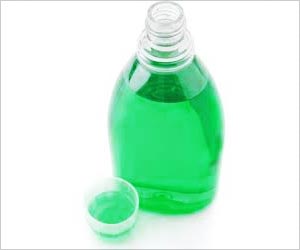A study in the current issue of the journal Public Health Reports examines the potential economic impact of a ban or restriction on the use of dental amalgam, a material commonly used to fill cavities.
The authors conclude that U.S. dental care costs would increase by up to $8.2 billion in the first year alone -- a staggering 10 percent of current dental expenditures -- if amalgam were no longer available as a treatment option.Dental amalgam contains a mixture of metals, including mercury, which combine to form a stable alloy that dentists have used safely for over 150 years to fill cavities. Numerous peer-reviewed, scientific studies, including those published as recently as 2006 in the Journal of the American Medical Association, attest to amalgam's safety and efficacy, leading health experts to recommend its continued availability as an option for treating dental decay.
Dr. L. Jackson Brown, a dentist, economist, epidemiologist and former ADA managing vice president for health policy agrees, saying, "The dental community and public health dentists have long known that amalgam restorations are a vital component in the arsenal to manage dental disease. This study documents the large impact the absence of amalgam would have."
A small group of activists has for years called on state and federal governments to ban amalgam, claiming, with no credible scientific basis, that it causes systemic diseases. The ADA and numerous state, national and international health authorities oppose such proposals.
"Dental care would cost more, and untreated caries (dental decay) is likely to increase," said Dr. Brown. "Unfortunately, this impact would fall disproportionately on the disadvantaged populations."
The article, "Economic Impact of Regulating the Use of Amalgam Restorations," can be viewed on the American Dental Association's Web site at: http://www.ada.org/prof/resources/topics/amalgam_economic_impact.pdf.
Advertisement
The ADA's state-of-the-art research facilities develop and test dental products and materials that have advanced the practice of dentistry and made the patient experience more positive. The ADA Seal of Acceptance long has been a valuable and respected guide to consumer and professional products. For more information about the ADA, visit the Association's Web site at http://www.ada.org.
Advertisement
Source-PRWIRE-INDIA
LIN/J








